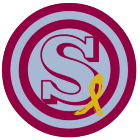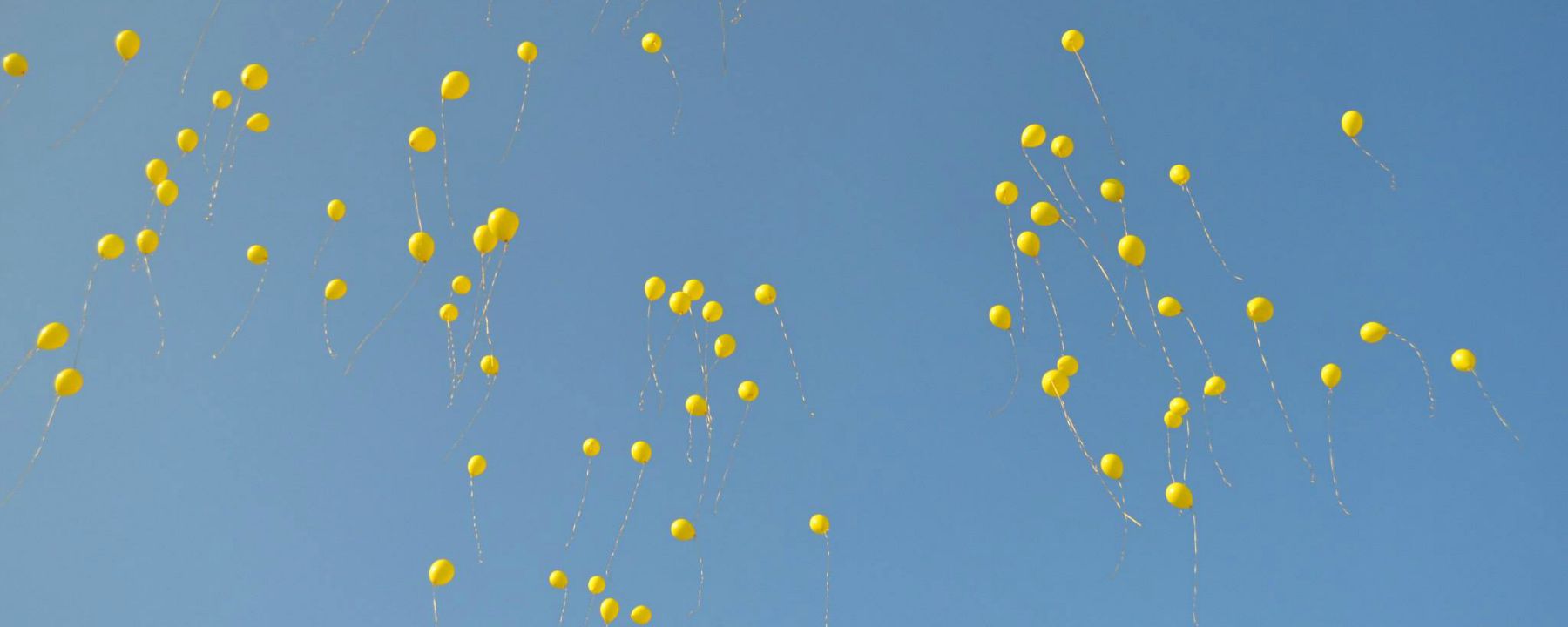September 16th
Making Childhood Cancer a National Priority
Take a moment and read this powerful article written by Jonathan Agin. He is one of the strongest voices within the childhood cancer community. After losing his daughter to DIPG, he has made his life’s mission about advocacy for our children.
|
In April 2008 my 27-month-old daughter was diagnosed with a terminal brain tumor. Diffuse Intrinsic Pontine Glioma, or DIPG for short. With the best treatment available, she was expected to live nine to twelve months. As her parents, this was not something on our radar screen of concerns. As an educated person, I had little awareness of the world of childhood cancer at the time. Of course I knew that kids were diagnosed with cancer. My friend Marc Joseph died of a brain tumor when we were in middle school. I can still picture his funeral. And then there are the television commercials too. Commercials showing smiling bald kids who go to St. Jude and stay at the Ronald McDonald House. These kids all live happily ever after. Or so I thought. When the calendar hit April 10, 2008 and the words “your child has cancer,” were spoken, those images were quickly shattered.
Here are just a few of the facts that I learned along the way: Statistically, your child has a 1 in 285 chance of being diagnosed with cancer. Think about that for just a moment. Consider that childhood cancer remains the number one cause of death by disease in the United States of children under the age of 15. Of those children labeled “cured” 70 to 80 percent experience lifelong acute health issues. Each day of the year in the United States, over one full classroom of children is diagnosed with cancer. One out of five children diagnosed will not initially survive the diagnosis, and for the remainder of those labeled “cured” many will die in the next 5 to 20 years of life. Gold ribbons, September, landmarks lighting gold, the legislative process, research funding, etc. This was the curriculum that I was forced to enroll in shortly after that horrible day in April. September is designated as Childhood Cancer Awareness month. You may have noticed buildings and landmarks around the world lit with gold lights (except, of course, the White House and Empire State Building). Gold is the designated color of childhood cancer. I learned that the hard way. Hopefully those of you reading this did not. The greatest source of funding for childhood cancer specific research comes from the National Cancer Institute (NCI) through the National Institute of Health (NIH). There is a tremendous amount of acrimony about the amount that NCI allocates to childhood cancer-specific research. As a percentage of the overall NCI budget, childhood cancer specific research comprises approximately 4 percent of the pie. Looking at 2013 for example (the last budget allocation publicly released online), NCI funded over $185 million in childhood cancer-specific grants. NCI’s budget for 2013 was approximately $4.9 billion. It is no surprise that childhood cancer advocates believe that this slice of the pie is inadequate. What about Noah’s Ark though? What does Noah’s Ark have to do with childhood cancer? A life-size replica of the biblical boat was recently finished and opened to the public in Kentucky. The cost of this construction exceeded a staggering $100 million. Money was raised through private sources as well as local bonds and a Kentucky sales tax incentive, the subject of a court battle, which infused $18 million into the project. I make no commentary upon the propriety of building a life-sized Noah’s Ark, or the religious debate overall. My point is that as a nation, there is often a prioritization of investment into projects like Noah’s Ark over funding things like medical research. The ark, which received funding from private and public sources, represents more than half of what is spent on childhood cancer specific research by the NCI. There are many different “arks” out there raising incredible sums of money. Obviously, not everyone chooses childhood cancer as his or her cause and those of us in the community should never be so naïve to expect this result. My point is borne from frustration after watching so many children die of different forms of cancer for which there should be better treatments. At the end of the day, I wish that more people would be interested in trying to find effective treatments for children with cancer. Over 40 years after Neal Armstrong first stepped on the moon, the type of childhood cancer that killed his daughter Muffie, the same type that my own daughter had, is still being treated in the same manner. Man walked on the moon and man also has an ark in Kentucky now. The infusion of an additional $100 million into childhood cancer research would be tremendously impactful for children as well as adults afflicted by cancer. Of course, this investment would not come with a life-size ark to visit, with a gift shop at the end, and thus the gains are more intangible. Ultimately though, I do have hope; Hope that tomorrow the next family that hears the words “your child has cancer” is left with more than nine to twelve months; Hope that the work so many do in the community will reach critical mass. At the end of the day I simply wish that there were greater prioritization of childhood cancer in this country. At the end of the day, I wish I could care about arks more than kids with cancer because we made the investment to eradicate the many different forms of childhood cancer. I am heartened by the efforts of the childhood cancer community to collaborate and rally around our cause. This year, over the course of the third weekend in September, once again thousands of advocates will descend upon Washington, DC for numerous activities associated with Curefest, a three-day celebration that culminates with a gathering of organizations on the National Mall. It is a full-throttle demonstration that the community together is adamant about making childhood cancer a national priority. If you happen to be in the area on September 18, take a stroll on the National Mall and meet some of these amazing advocates. All we want is to make the sinking life- raft that childhood cancer has now into an ark—an ark, that if invested in, will save far more than two of each child. As the Executive Director of the Max Cure Foundation, I am no longer fighting for my daughter and her life. What I am doing—and what so many of us in the childhood cancer community are doing—is fighting for the lives of all of children suffering. Building our ark today means that someday in the future the next child diagnosed with cancer will actually get an opportunity to pay a visit to the life-size Noah’s Ark in Kentucky. |
http://www.realclearhealth.com/articles/2016/09/15/
childhood_cancer_noahs_ark_and_my_daughter_110094.html


Follow Us